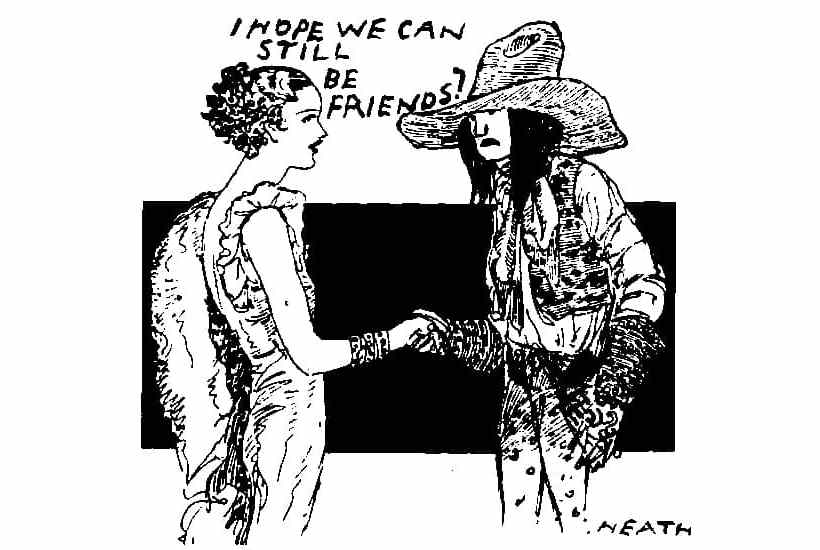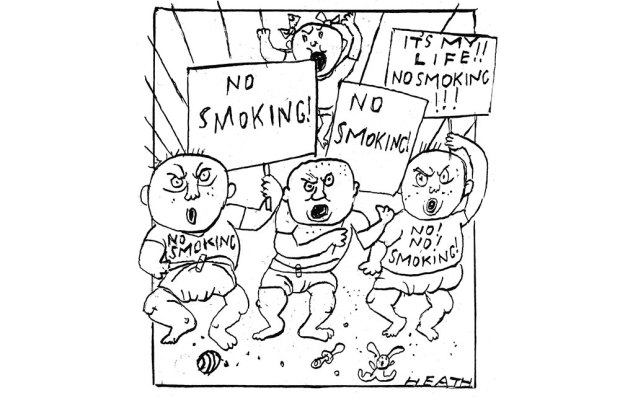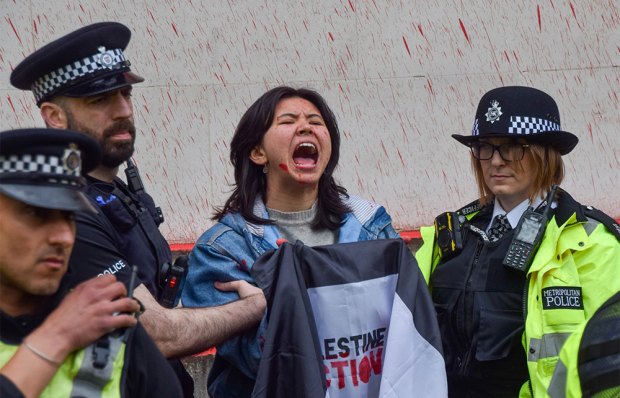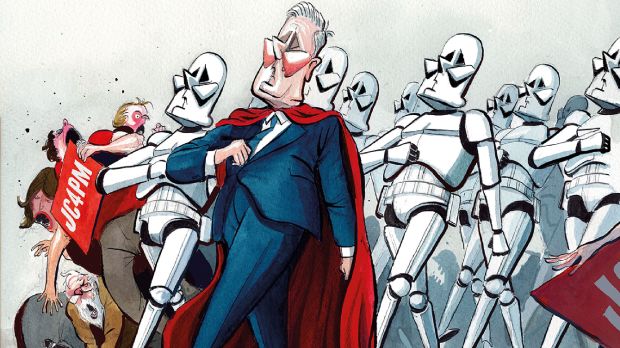At one stage, I had a special tray in my study into which to throw all my lesbian wedding invitations. This was around December 2005, when lesbian and gay couples could first sign a civil partnership agreement, providing legal protection including a basis for next-of-kin and inheritance rights.
Although the law still did not allow actual marriage between same sex couples, many lesbians went full throttle with their weddings. It didn’t seem to matter that the only requirement to enter a civil partnership was a trip to the town hall and a signature in front of a couple of witnesses. When I signed my own, my partner and I turned up in our usual scruffs in between work commitments. But lots of lesbians wanted the big day. They wanted ceremonies involving wedding dresses, bridesmaids and pageboys, flowers, cakes and bunting, followed by sit-down dinners with drunken speeches. There would be honeymoons, and increasingly, with the help of an IVF clinic or sperm donor, babies.
Since March 2014, lesbians and gays can marry or convert a civil partnership into a marriage. A civil partnership can be ended simply by applying to a court for a dissolution order and proving the relationship has ‘irretrievably’ broken down. Divorce is more complicated. But what’s interesting is that divorce rates among lesbian couples are rising. In fact, far more lesbian couples are filing for divorce than gay men.
By 2020, 2,900 same-sex couples, of whom nearly three-quarters were female, had divorced. The same trend can be seen in the Netherlands, the first country to allow same-sex marriage: in the ten years from 2005, 15 per cent of gay civil partnerships failed, compared with 30 per cent of lesbian ones. The latest research showed that overall, women are much more likely to instigate divorce proceedings than men, with two-thirds of divorces initiated by women in the past ten years.
Many women are prevented from filing for divorce by the fear of violence that often follows separation from an abusive and controlling man, or by worries about who will manage the burden of childcare. This is not to imply that all lesbian relationships are beacons of equality, but it is not difficult to see how these factors may contribute to the more frequent divorces between lesbians than heterosexual couples.
‘We wanted something that had been denied to us for so long,’ says Sarah Bishops, a lesbian in her forties who divorced her wife Mary (whose name has been changed) last year after seven years of marriage. ‘I had been with Mary for a year when it became legal to marry, and we just thought: “Why the hell not?” It felt, for me, who had been out and proud for 20 years, the best validation of our love, and a sign of proper equality with straight people.’
But, says Bishops, once the excitement of being married had died down, so did the romance. ‘Looking back, I think we wanted the whole marriage and public acknowledgement thing more than a committed relationship.’ Let’s face it, that is the reason why many heterosexual women marry too.
Natalie Drew ran the first fertility clinic in the UK aimed at same-sex couples. Drew has discovered that about a third of the 586 lesbian couples she helped to have babies between 2011 and 2015 have split up. Drew divorced her own wife in 2019. In her view, the breakdown of so many lesbian relationships is because women rush into a traditional married life that may not work for them.
‘I do believe that it’s because women commit early on instead of having a long courtship. They have high expectations about what the marriage should be rather than getting to know each other and taking it steady,’ says Drew. There’s an old joke that backs up her view: ‘What does a lesbian bring with her on a first date? Her cat and a removal van.’
Jenni and Lucy (whose names have been changed) have been together for ten years and have two children. The couple married in 2017 and divorced in September last year. ‘I was pregnant when we married,’ Jenni tells me, ‘and a year after our daughter was born, it was Lucy’s turn. Our son arrived in January 2020. But by then the relationship was in trouble. It was nothing but domesticity and baby talk. We had no sex life, and romance was reduced to Netflix on the rare occasion when both kids were asleep at the same time.’
When they separated, the couple each took their own birth child, which has led to complicated arrangements to allow the siblings to stay connected. ‘They are brother and sister,’ says Jenni, ‘but the idea of one of us having custody of both, or doing that thing of one week on, one week off, is a nightmare. So for now we are muddling through.’
I have seen several lesbian friends and colleagues divorce and remain amicable, if not friendly, in particular if they have children. But lesbians tend not to stay in unhappy relationships till death us do part, in large part because we are not constrained by the same pressures as straight women. For lesbians who came of age in a time way before it was possible to marry, we had no reason to remain together once the relationship had run its course.
In my view, same-sex couples were only invited to the marriage malarkey because it was a failing institution, with divorce rates rising among heterosexual couples. Marriage was marketed to same-sex couples as a way of ensuring that we were tamed out of our semi-feral existence of ‘living over the brush’ and having too much fun and freedom. Lesbians and gay men used to be virulently opposed to marriage. In 1971, Jill Tweedie wrote: ‘Gay Lib does not plead for the right of homosexuals to marry. Gay Lib questions marriage.’
During the eight years since lesbians were afforded the legal right to marry, few of us seem to have raised objections to the institution of marriage itself. But it is a patriarchal institution that has curtailed women’s freedom for centuries. Divorcing lesbians may have come to this realisation.
I am minded of the late Paula Ettelbrick, a US-based lesbian and human-rights lawyer, who, in her 1989 paper ‘Since When Is Marriage a Path to Liberation?’ came up with one of the greatest lines about state interference in relationships: ‘Marriage is a great institution — if you like living in institutions.’
Got something to add? Join the discussion and comment below.
Get 10 issues for just $10
Subscribe to The Spectator Australia today for the next 10 magazine issues, plus full online access, for just $10.
You might disagree with half of it, but you’ll enjoy reading all of it. Try your first month for free, then just $2 a week for the remainder of your first year.














Comments
Don't miss out
Join the conversation with other Spectator Australia readers. Subscribe to leave a comment.
SUBSCRIBEAlready a subscriber? Log in